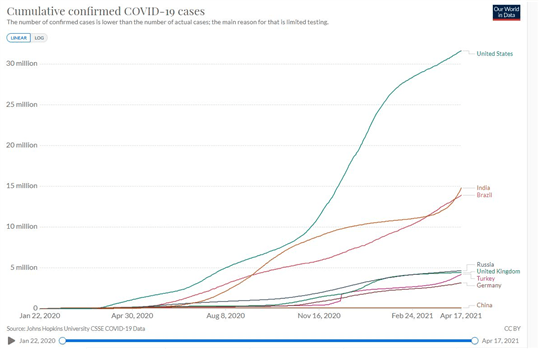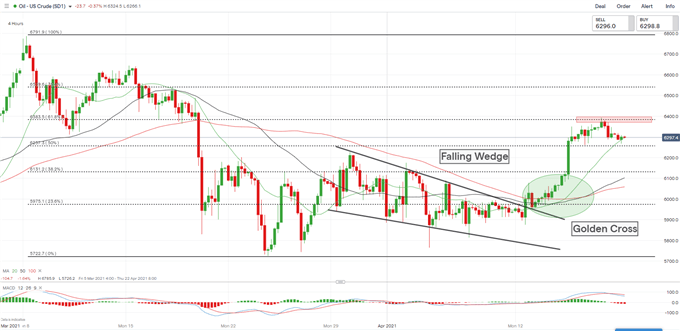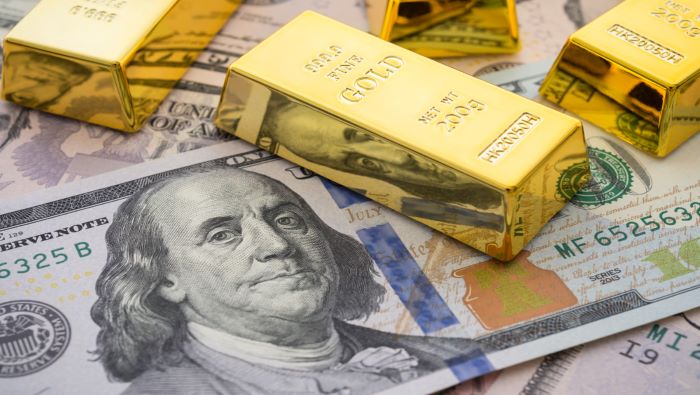CRUDE OIL PRICE OUTLOOK:
- Crude oil prices retreated after gaining 6.26% last week as the UD Dollar rebounded
- Iranian official offered an upbeat assessment of nuclear talks, even without the US present
- Energy demand outlook remains cloudy amid uneven vaccine progress and rising output among OPEC+ members



Crude oil prices traded slightly lower during the APAC mid-day session as the DXY US Dollar Index rebounded from a four-week low. Traders are waiting for fresh catalysts to support oil’s rally after prices registered their largest weekly gain since early March. Uneven vaccine rollouts around the world, ongoing Iran nuclear talks and climbing coronavirus cases in India render oil prices susceptible to profit-taking.
Iran’s deputy foreign minister said on Saturday that the nuclear talks in Vienna had entered a new phase, adding that Iran had proposed draft agreements that could be a basis for negotiations. The negotiations kicked off the start of returning to the 2015 nuclear deal but are facing tremendous difficulties ahead. The absence of the US delegations during the meeting further clouded the prospect for a deal to be struck any time soon.
WTI rallied 6.26% last week as strong economic data from the US and China painted a brighter outlook for energy demand. China grew 18.3% YoY in the first quarter, showing a robust recovery of the world’s second-largest economy. Chinese retail sales soared 34.2% YoY in March, suggesting that consumer demand is picking up quickly after sporadic lockdown measures were eased. US retail sales also jumped 9.8% MoM in March, far exceeding market expectations. Pent-up demand for goods and services and the distribution of stimulus checks may continue to underpin crude oil prices.
Uncertainties remain however amid uneven vaccine progress around the globe. Parts of Europe are still facing a third viral wave and extended lockdown measures. Several emerging economies, including India and Brazil, are facing viral resurgence and a strain on their healthcare system. India reported an accelerated pace of Covid-19 infections recently, with the 7-day average hitting 204,171 on April 17th. India is the world’s third-largest oil importing country and it consumes nearly 10% of global crude oil exports. Therefore, a worsening pandemic situation in the country may dampen the global oil demand outlook.
Cumulative confirmed Covid-19 Cases

Source: ourworldindata
Technically, WTI broke above the “Falling Wedge” and extended higher. Prices have hit a key resistance level at US$ 63.83 (the 61.8% Fibonacci retracement) before entering into consolidation. The 20-period SMA line may serve as an immediate support level, whereas 63.83 remains a key resistance. The MACD indicator has formed a bearish crossover on the 4-hour chart, suggesting that momentum has turned downward.
WTI Crude Oil Price – 4-Hour Chart




--- Written by Margaret Yang, Strategist for DailyFX.com
To contact Margaret, use the Comments section below or @margaretyjy on Twitter



